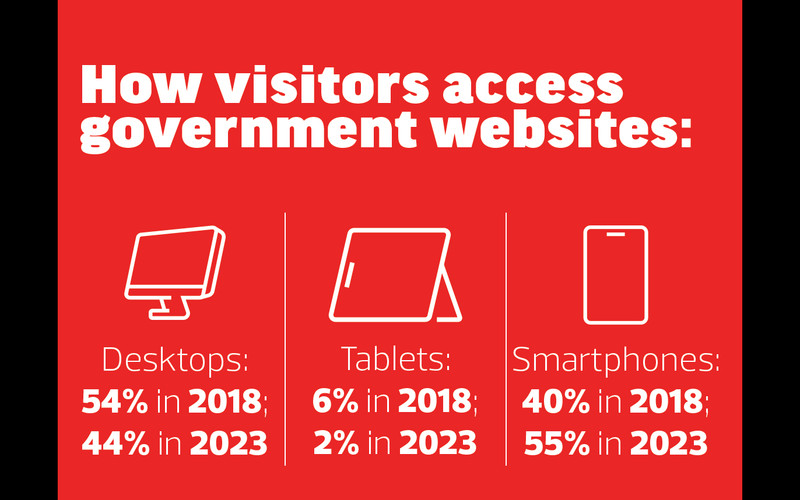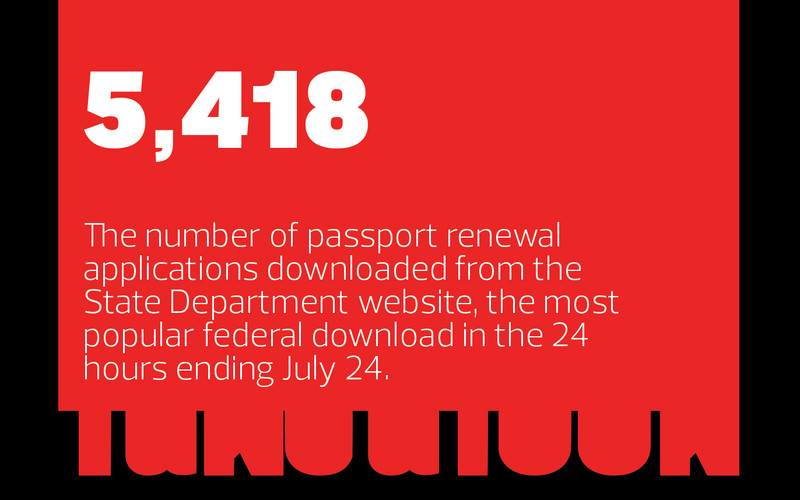Keeping NASA’s Website Up As the Sun Goes Down
In 2017, the first total solar eclipse visible in the continental U.S. since 1979 drew a record number of visitors to NASA’s website. The site hosted between 2 million and 3 million simultaneous viewers at its peak, with 56 million total page views that day.
Despite the massive audience checking in on the eclipse and watching the nearly daylong livestream, NASA.gov never crashed — cloud services and CDNs kept it running.
NASA expects high web traffic later this year during a near-total solar eclipse that will cross the Western U.S. and Central and South America on Oct. 14; and again on April 8, 2024, when a total solar eclipse will cross the U.S., Mexico and Canada.
The 2024 eclipse, which will be the last one visible in the U.S. until 2044, covers a wider path than the 2017 eclipse — meaning it will be visible by more people — and the time when the sun is completely blocked by the moon may be twice as long.
NASA officials say they will be prepared, thanks to planning and the space agency’s Amazon Web Services infrastructure. NASA was an early adopter of cloud hosting when a 2003 spike in website visitors interfered with internal network performance, says Internet Services Manager Brian Dunbar.
EXPLORE: Why agencies’ journey to the cloud requires tackling cybersecurity concerns.
The agency takes advantage of AWS’s ability to load balance and automatically scale cloud resources such as compute, storage and bandwidth to meet sudden increases in demand, says Web and Cloud Services Manager Ian Sturken.
“Because we are a fairly high-traffic site, we need a robust architecture, and that’s where the cloud excels,” Sturken says. “The architecture scales on its own. We don’t have to take any additional action.”
Since the 2017 eclipse, NASA has replaced a third-party CDN with Amazon’s CloudFront CDN service, which caches popular web content or retrieves content from Amazon S3 storage to the edge location that’s closest to individual users, so the content is delivered as fast as possible.
“We can achieve 100 percent availability because AWS autoscales appropriate to the traffic, and it’s regionally distributed,” Sturken says. NASA plans to migrate fully to a Software as a Service offering in the future, so the team no longer needs to manage the web architecture, he adds.
In the meantime, the agency has begun meetings this summer to prepare for both the October annular solar eclipse and the April total eclipse, Dunbar says.
NASA’s content and IT team will work with the agency’s TV team and its Science Mission Directorate to discuss potential new features to view the eclipses on the web, including possibly livestreaming the event in 4K rather than HD as it did seven years ago, he says.
















